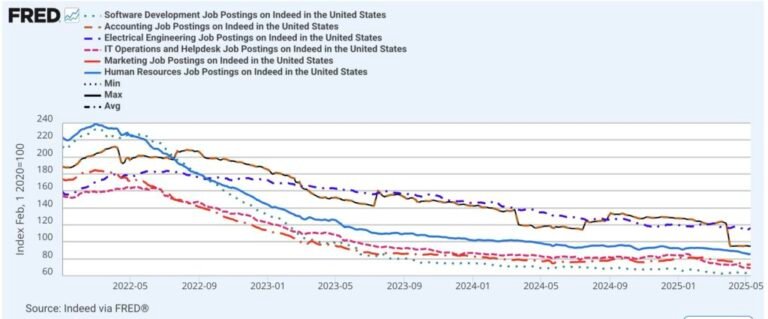Gemini, the new AI model from Google, was developed using Jax and TPUs, with its architecture showing similarities to DeepMind’s Flamigo, featuring separate text and vision encoders. Gemini Pro’s performance is on par with GPT-3.5, while Gemini Ultra outperforms GPT-4, marking a significant advancement in AI capabilities. The introduction of Nano-1 and Nano-2, designed for on-device operation, adds an intriguing dimension to Gemini’s versatility and potential applications.
What we know so far...
Gemini, the eagerly anticipated newcomer to the world of artificial intelligence, has finally made its debut. With its technical report in hand, enthusiasts and experts alike have been eager to dissect the inner workings of this groundbreaking model.
Clocking in at a substantial 60 pages, the report, while comprehensive, leaves some craving more detailed insights. In this article, we embark on a journey through the core findings of Gemini’s technical report, offering a concise summary of its key highlights.
1. The Language and Hardware: Gemini takes its first steps in the world of AI with Jax as its chosen language, and it flexes its computational muscles on TPUs (Tensor Processing Units). While the report doesn’t delve into the nitty-gritty of the architecture, it hints at similarities to DeepMind’s Flamigo, featuring distinct text and vision encoders.
2. Performance Unveiled: Perhaps the most eagerly anticipated aspect of Gemini’s debut is its performance. Preliminary reports suggest that Gemini Pro stands shoulder-to-shoulder with the formidable GPT-3.5. However, the real star of the show is Gemini Ultra, which claims to surpass the prowess of even GPT-4. Additionally, the introduction of Nano-1 and Nano-2, designed to run on-device, adds an intriguing dimension to Gemini’s versatility.
In the following sections, we’ll dive deeper into these revelations, dissecting the implications of Gemini’s technical choices and its potential impact on the AI landscape. Stay tuned for a thorough exploration of this groundbreaking addition to the AI pantheon.



Read more here: https://blog.google/technology/ai/google-gemini-ai/#capabilities





































